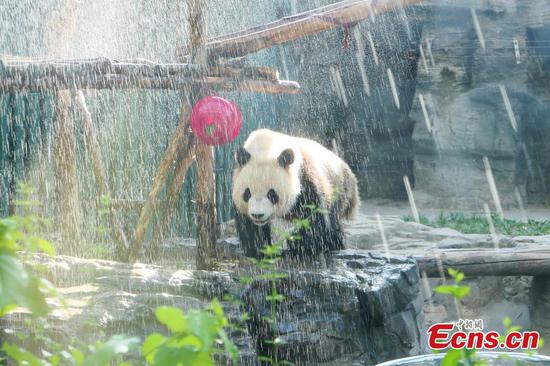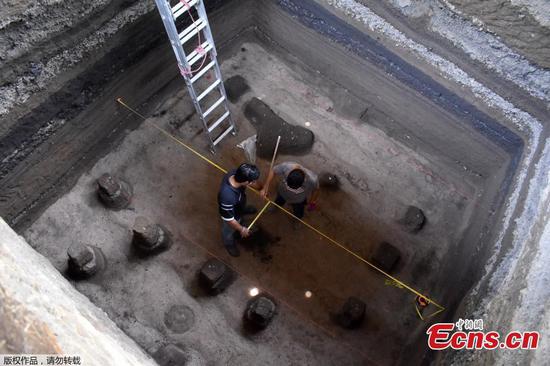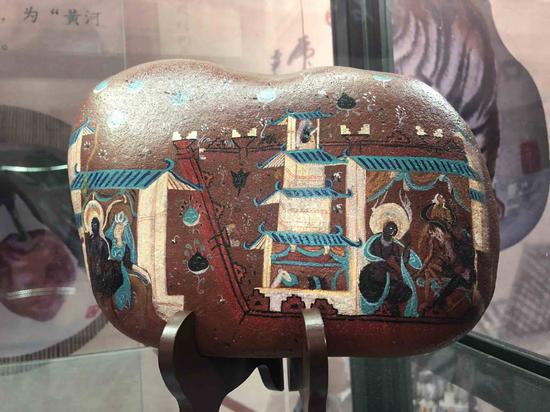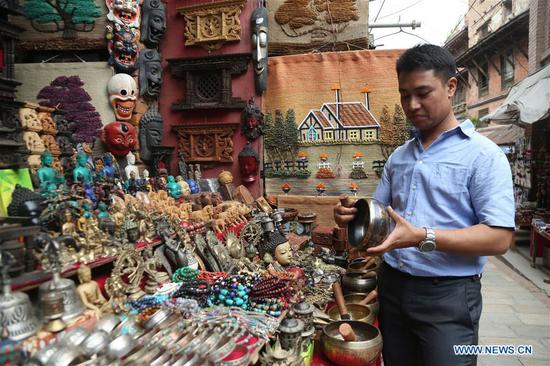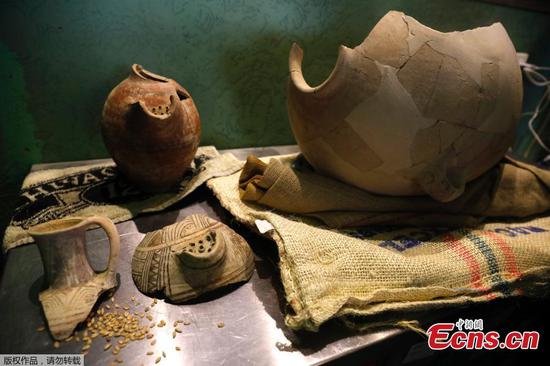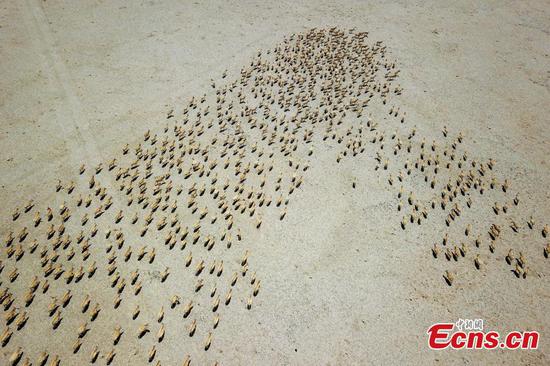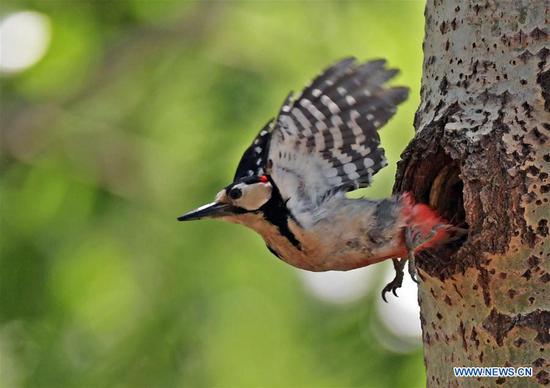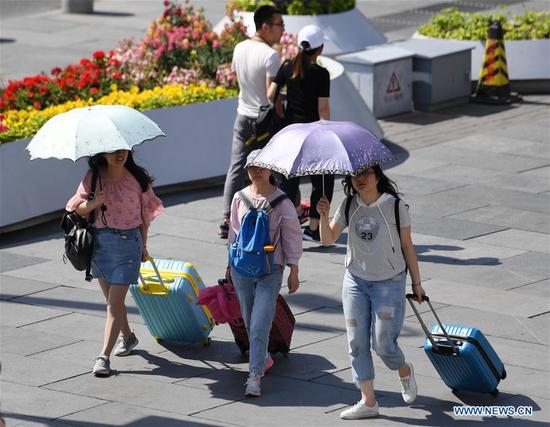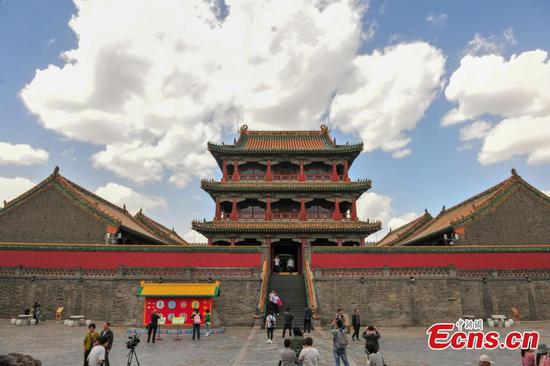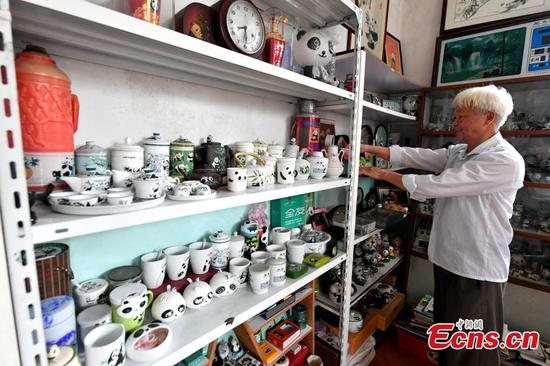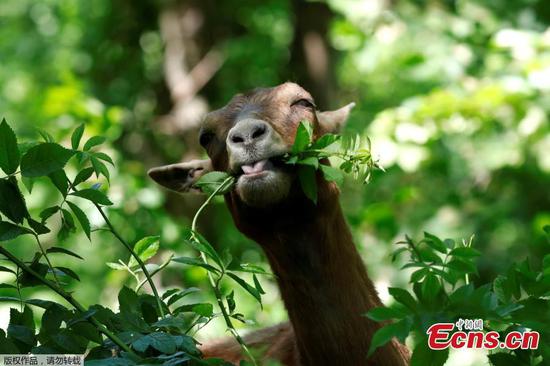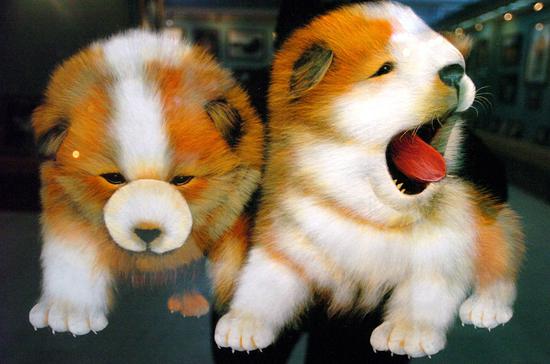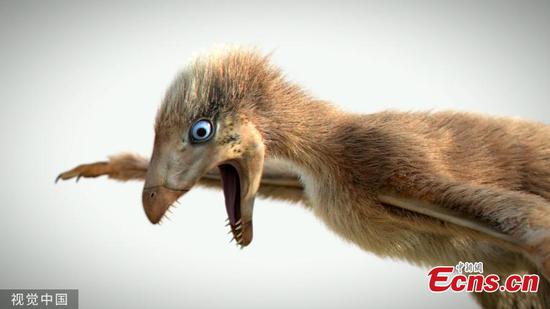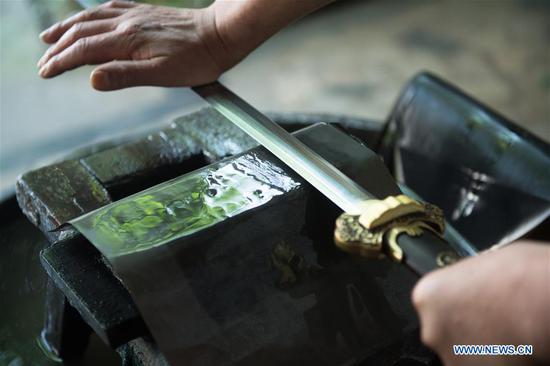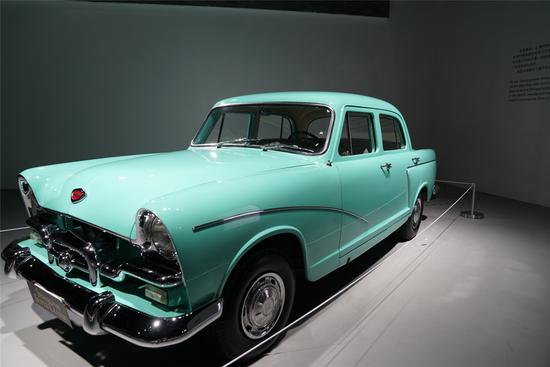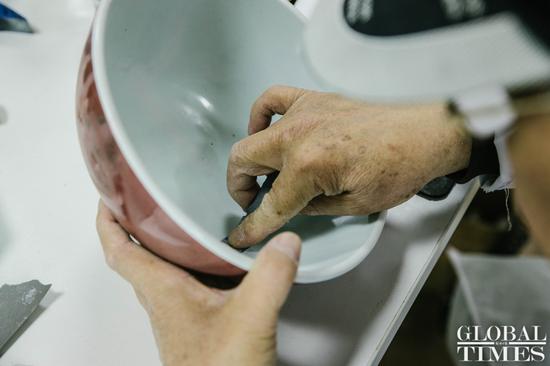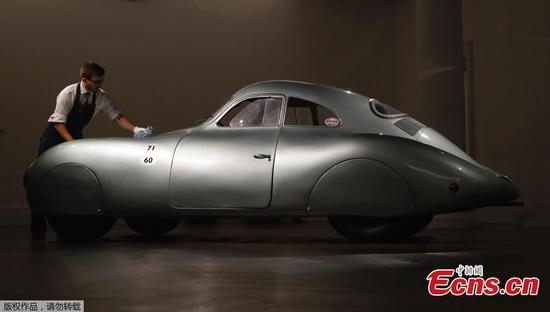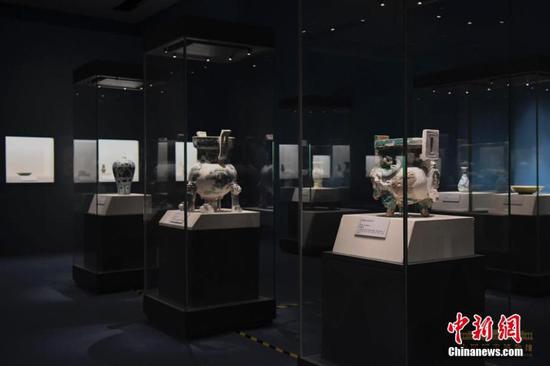
Artist Wang Xiaocheng uses a redesigned Chinese brush to paint inside a snuff bottle.(Photo by Gao Erqiang/China Daily)
"I could paint the intricate changes in the different shades of green seen in the woods, the fine outline of a lotus leaf, and details of a bird or a bug," he says.
In 1971, Wang came up with the ambitious plan to paint the 108 heroes from The Water Margin inside a bottle. While it was difficult to fit so many figures in a small frame that measured no more than 40 square centimeters, Wang says the greatest challenge was actually giving each character a distinctive identity.
"I had to hold my breath when drawing each face," he says. "The completion of every head felt like I had just passed a stern test."
At that time, the state government was encouraging craftsmen to sell their creations overseas, and one of the works he chose for this achieved critical acclaim at the China Import and Export Fair in Guangzhou, Guangdong province.
In the following decades, Wang went on to win many national awards before receiving the title of "China's National Master of Arts and Crafts" in 2006. He now has plans to build a museum to document the heritage and development of his craft.
Glassmaking has been a craft practiced in Boshan for hundreds of years. A small temple for the God of the Glass Kiln still stands on a hillside in the town.
Snuff was introduced to China by the Europeans during the Qing Dynasty (1644-1911). Small bottles made of jade, glass, ivory and other material were widely sought after in Beijing during that period. Boshan was initially a hub for the manufacturing of these snuff bottles before local craftsmen later learned the skill of painting inside the bottles.
The subjects that are painted often include flowers and birds with auspicious meanings, landscapes and portraits. The development of the craft was temporarily affected when Qing rule ended and the aristocrats lost their money and status. The craft was revived in Boshan after 1949 due to support from the government.
"Chinese art has distinctive aesthetics. In the West, artists observe and depict a subject through different facets, while in Chinese art, lines and strokes play a decisive part," says Wang.
"Snuff bottles are found in many parts of the world, but painting inside the bottle is a craft that is unique to China. We are the ones who are responsible for creating this art form."









